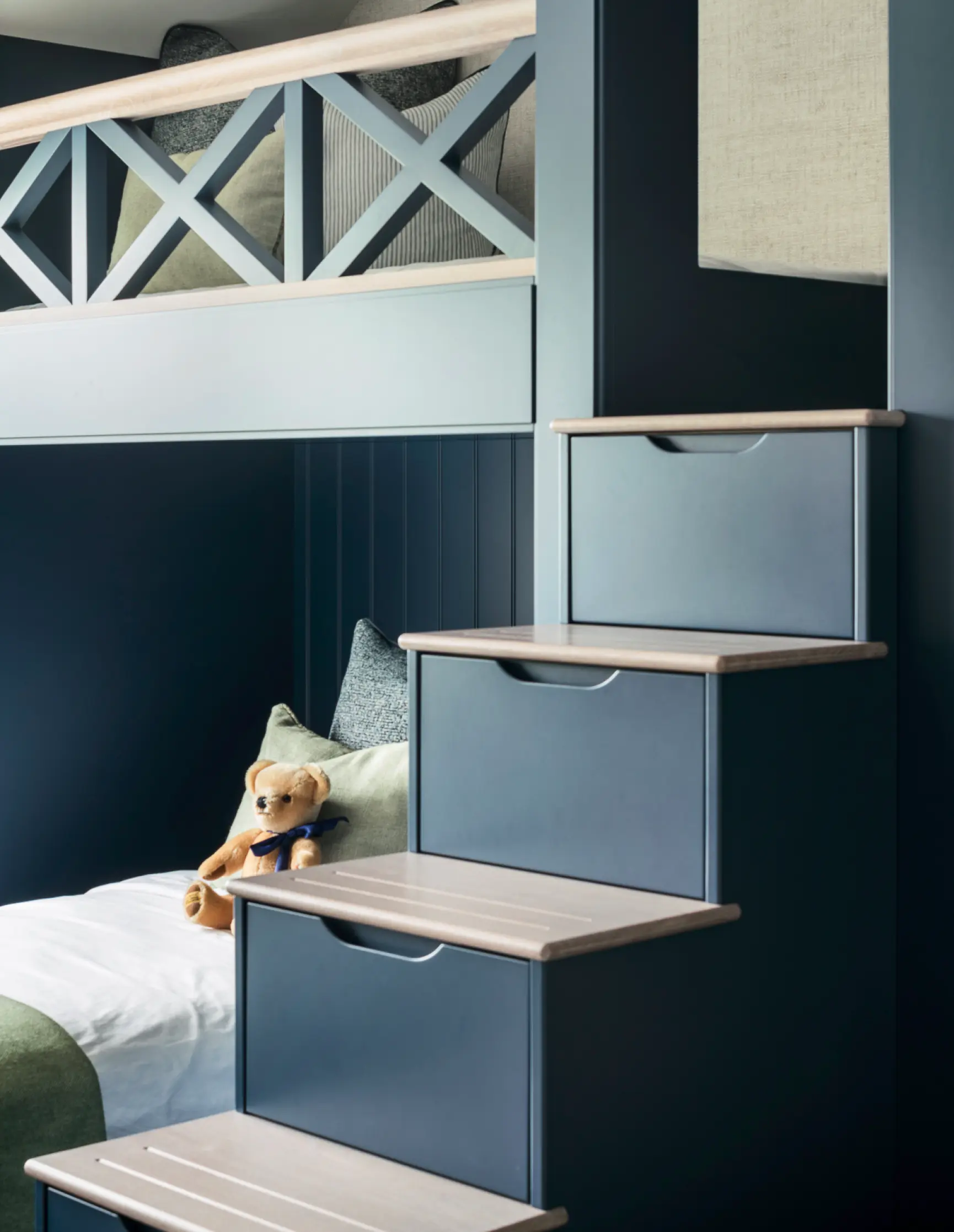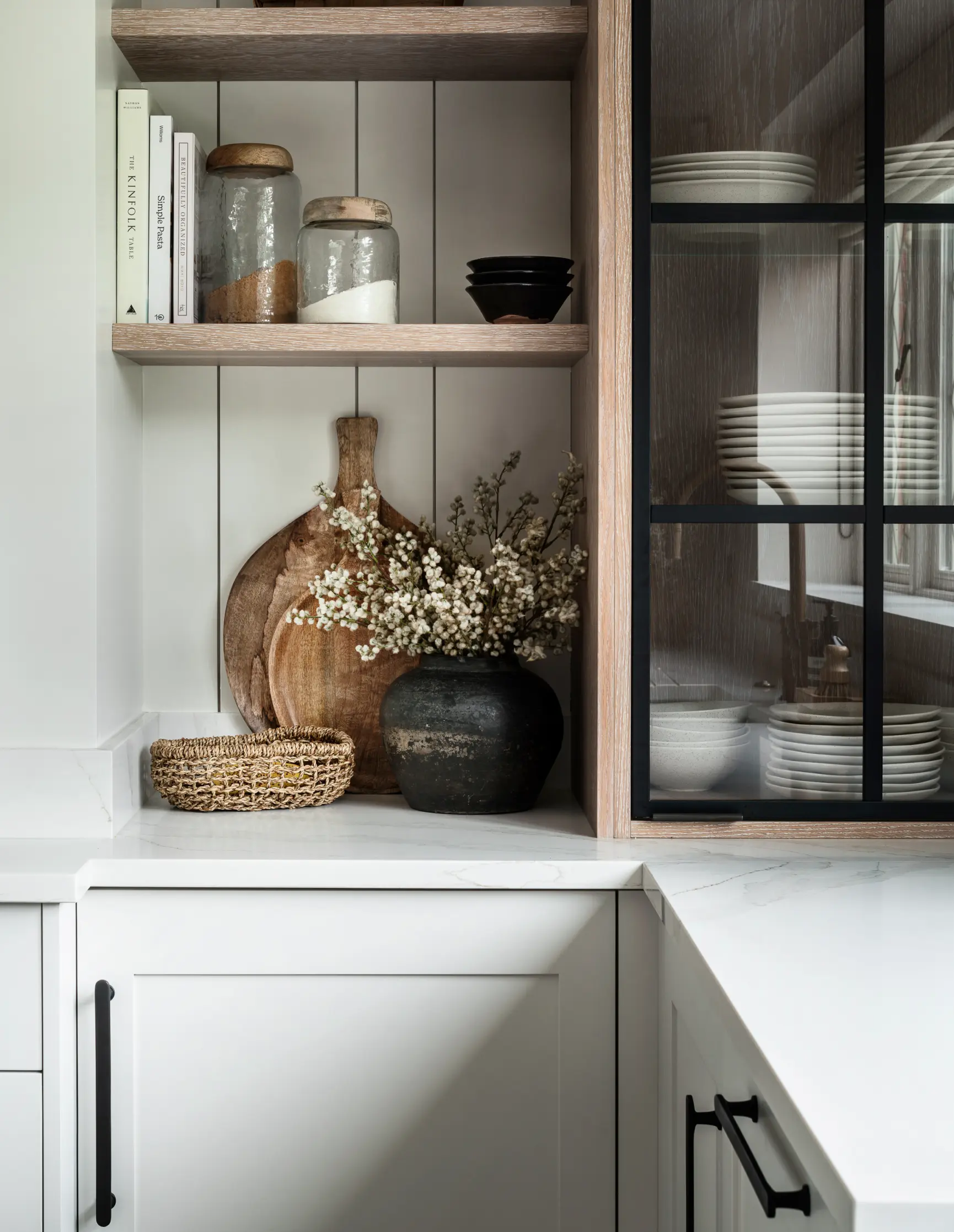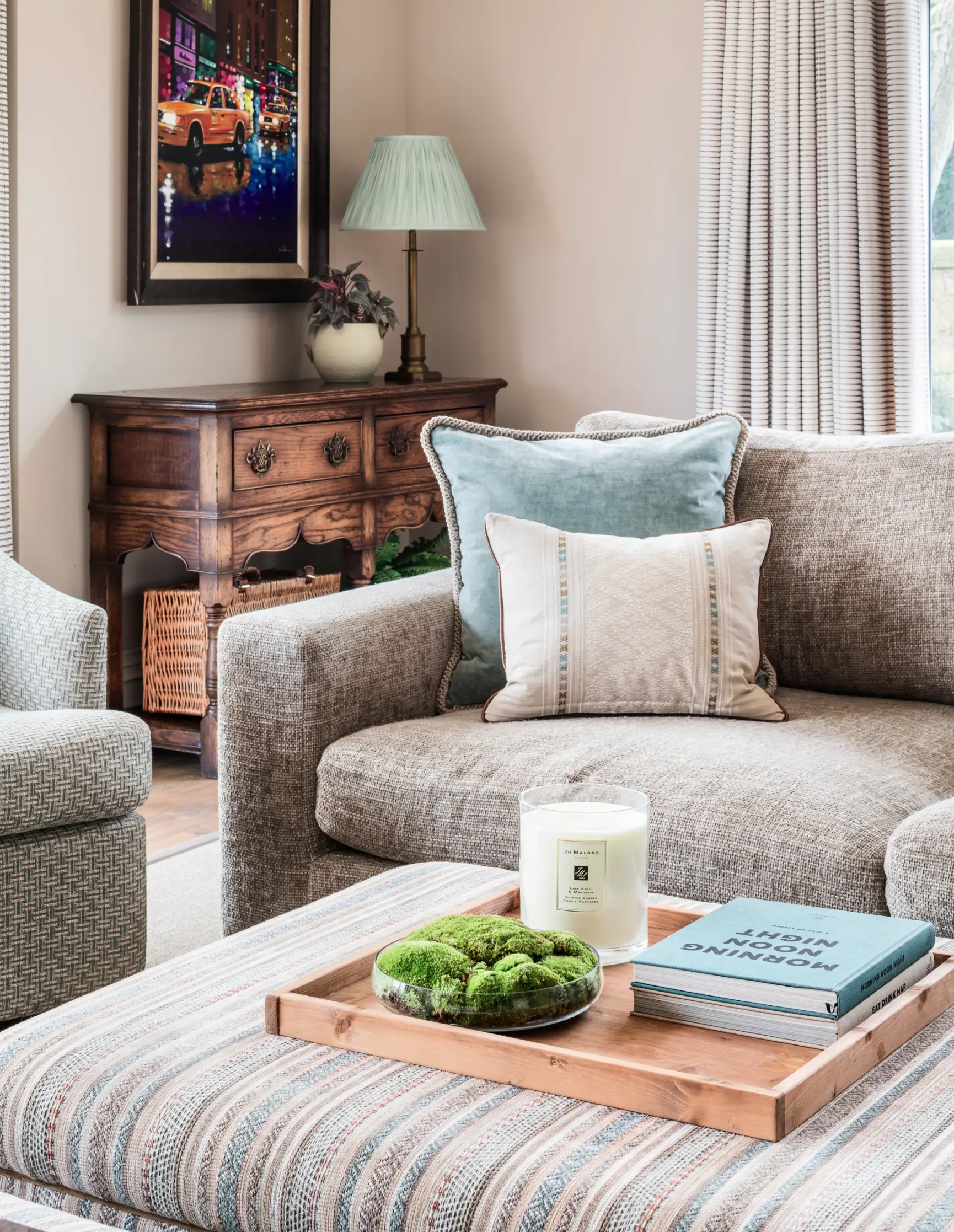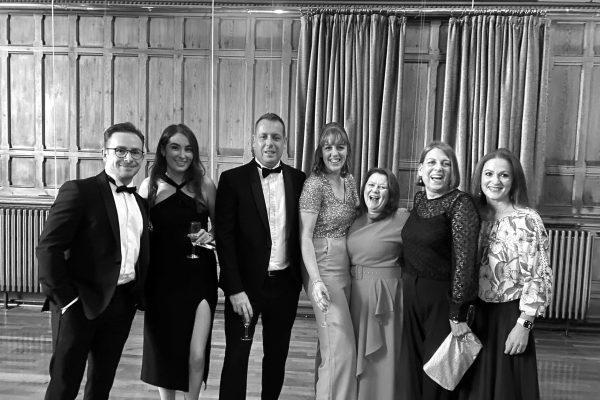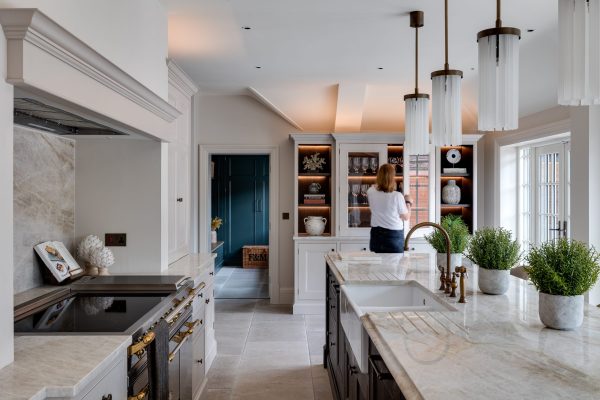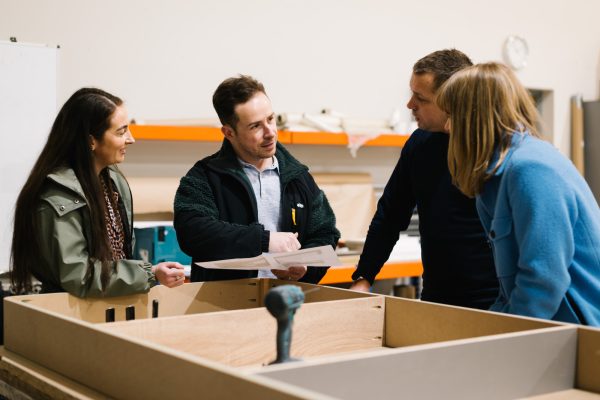The hard flooring question: natural or fake?
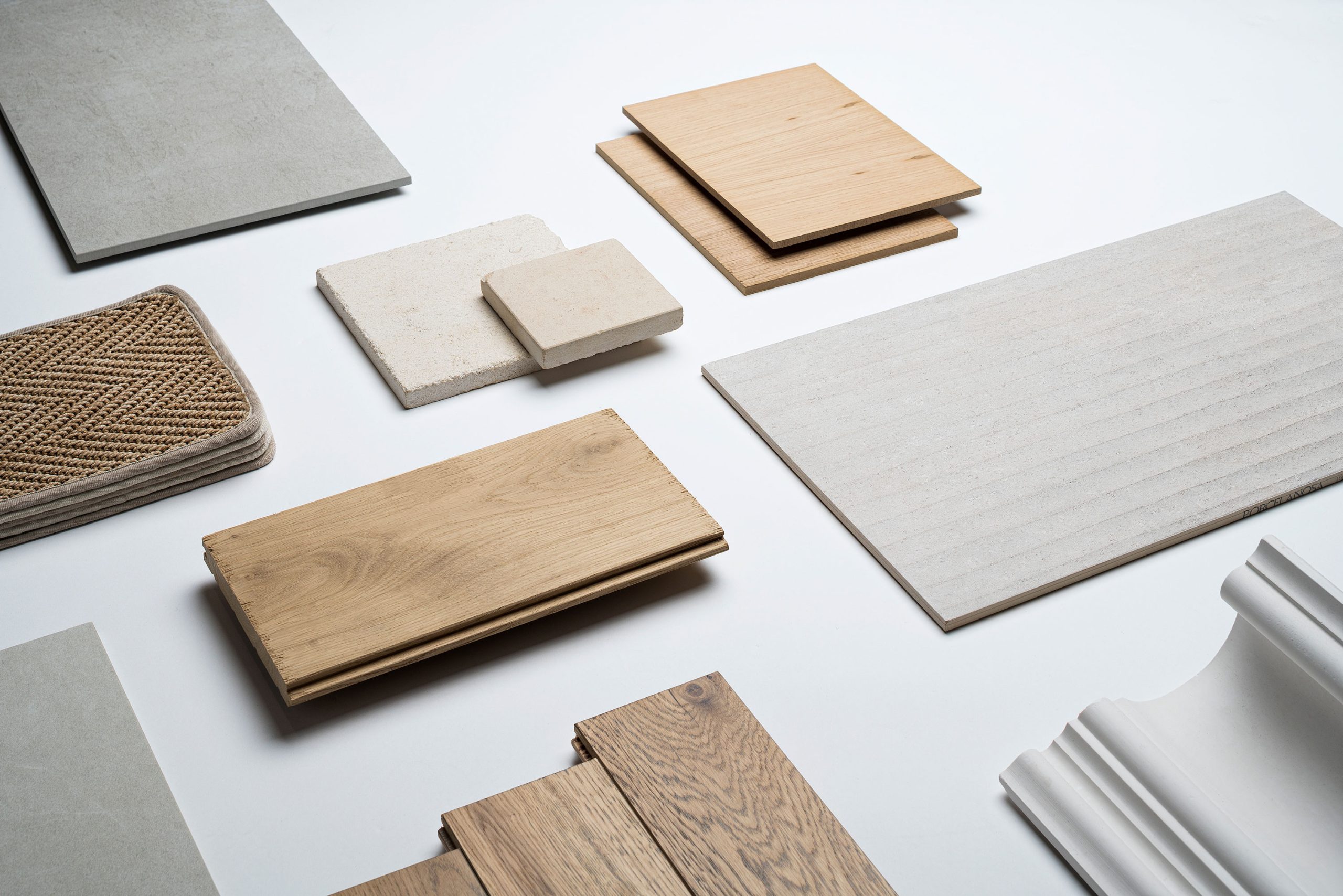
When taking on an interior redesign it’s a question that can leave people floored. With a huge amount of different options – solid wood, engineered timber, porcelain, tiles, luxury vinyl tiles, stone – picking the right material can seem overwhelming.
But as with all design conundrums, choosing the right flooring starts with considering three key factors: budget, lifestyle, and appearance.
Budget
Don’t fall into the trap of thinking that the ‘real deal’ is necessarily more expensive. Natural materials are sometimes costly but high-spec man-made floors can be too.
Lifestyle
There’s no point having a beautiful floor that only lasts a year. Consider how you live, how often the floor will be used, and whether you have the time to commit to cleaning and maintenance.
Appearance
A traditional limestone floor will shine in a country house, less so in contemporary penthouse. Not all aesthetic choices are as black and white, but house type and overall style will always play a part.
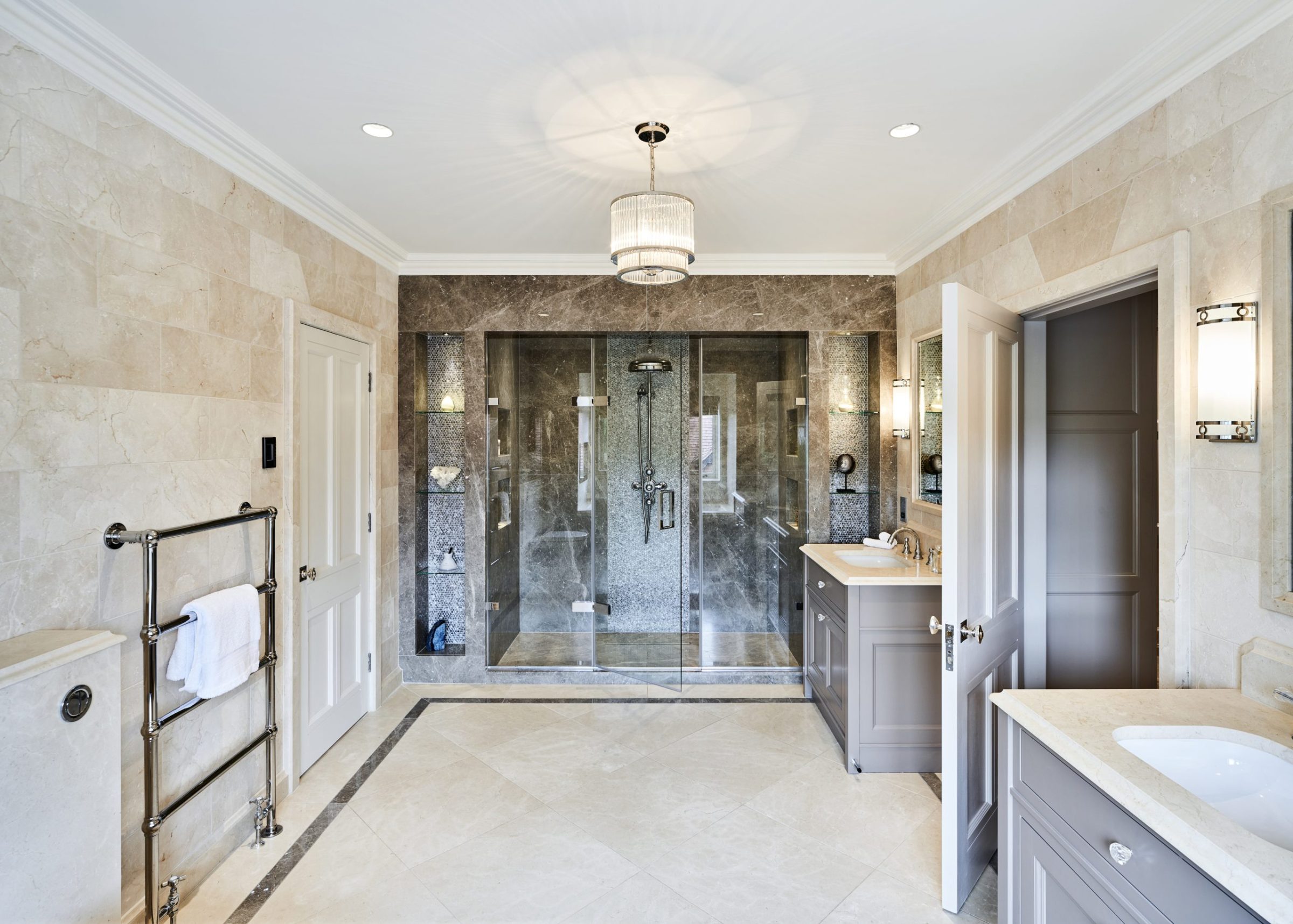
The technology and innovations over the past ten years have been incredible.
Design innovations
We’ve been working in the interior design industry for decades and if you’d asked us at the start of our journey we would have said to avoid manufactured floors at all costs. But the technology and innovations over the past ten years have been incredible. We still favour real, natural materials, but there are times when man-made is simply the best choice.
Here’s our run-down on the pros and cons of the different flooring types on the market.

Porcelain Tiles
Our architectural designers are big fans of porcelain tiles as they offer a huge variety of finishes, colours, and textures. They can be used to great effect to deliver floors with an elegant, high-end, and clean feel. The lightweight nature of porcelain helps with installation, but if you’re using large format tiles to deliver a similar effect as marble slabs you’ll need a skilled tiler – which will up the costs.
Because porcelain is thin it can be a good choice in areas where traditional materials like stone can’t be used and no sealing is needed once installed. When it comes to maintenance you can clean with a mop, hoover, and most household cleaning products and as it’s baked at high temperatures, porcelain is strong and hardwearing.
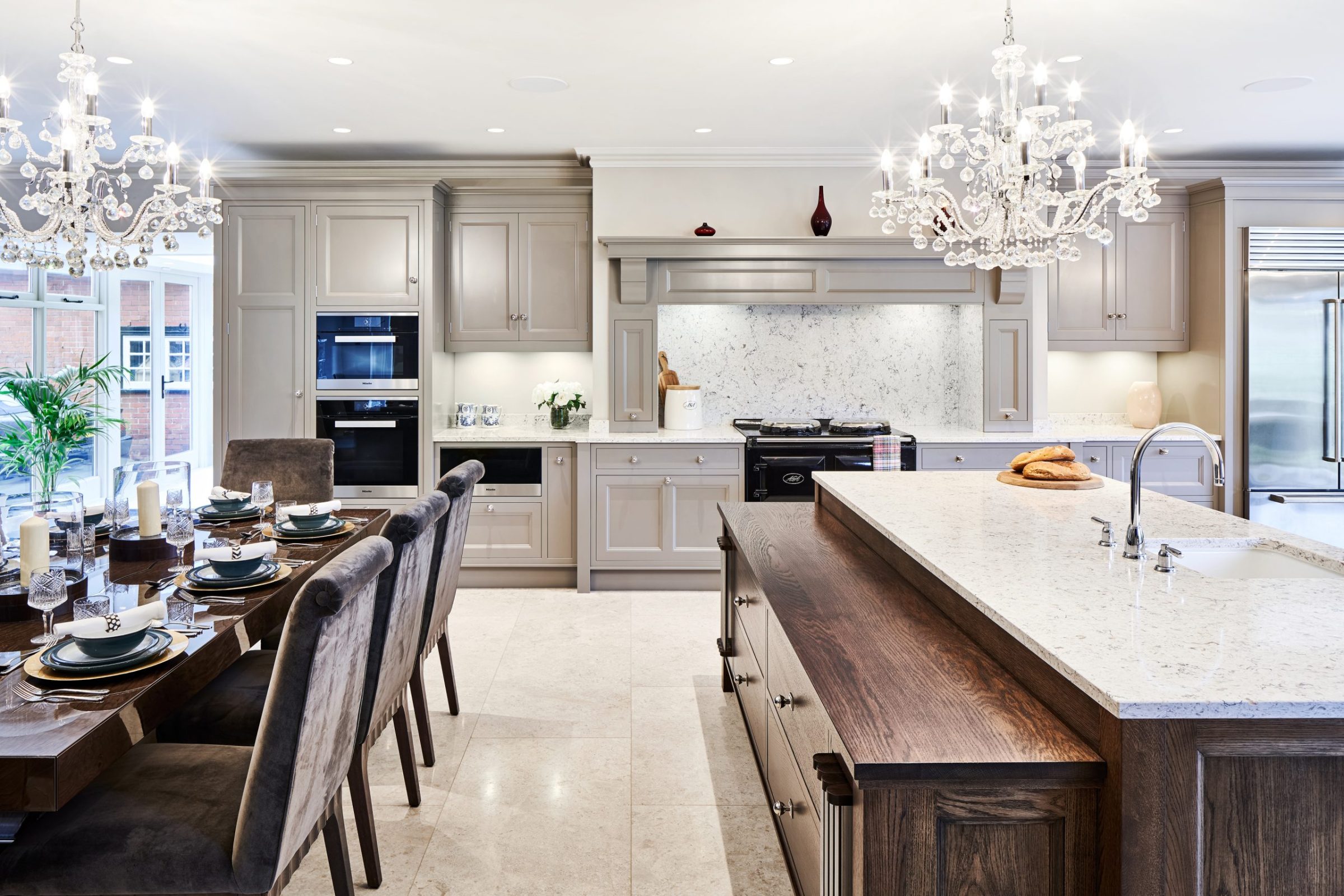
Natural stone
In our interior design studio we have an inherent love for natural products. There’s something incredible about using something that lives and breathes as part of our projects and it’s hard to recreate that with manufactured materials.
Whether it’s limestone, terracotta, marble, or slate you can achieve all kinds of distinctive styles and finishes with natural stone. A honed finish gives a clean matte effect, polished marble a luxurious elegance, and leathering creates a unique and textured feel. Because of the natural patina in these materials the appearance will change over time, which our designers love but definitely something to consider.
As well as being beautiful natural stone is hardwearing and dense. No problem for a skilled installer but something to keep in mind when sizing – we’d recommend not going too big on the slab/tile sizes.
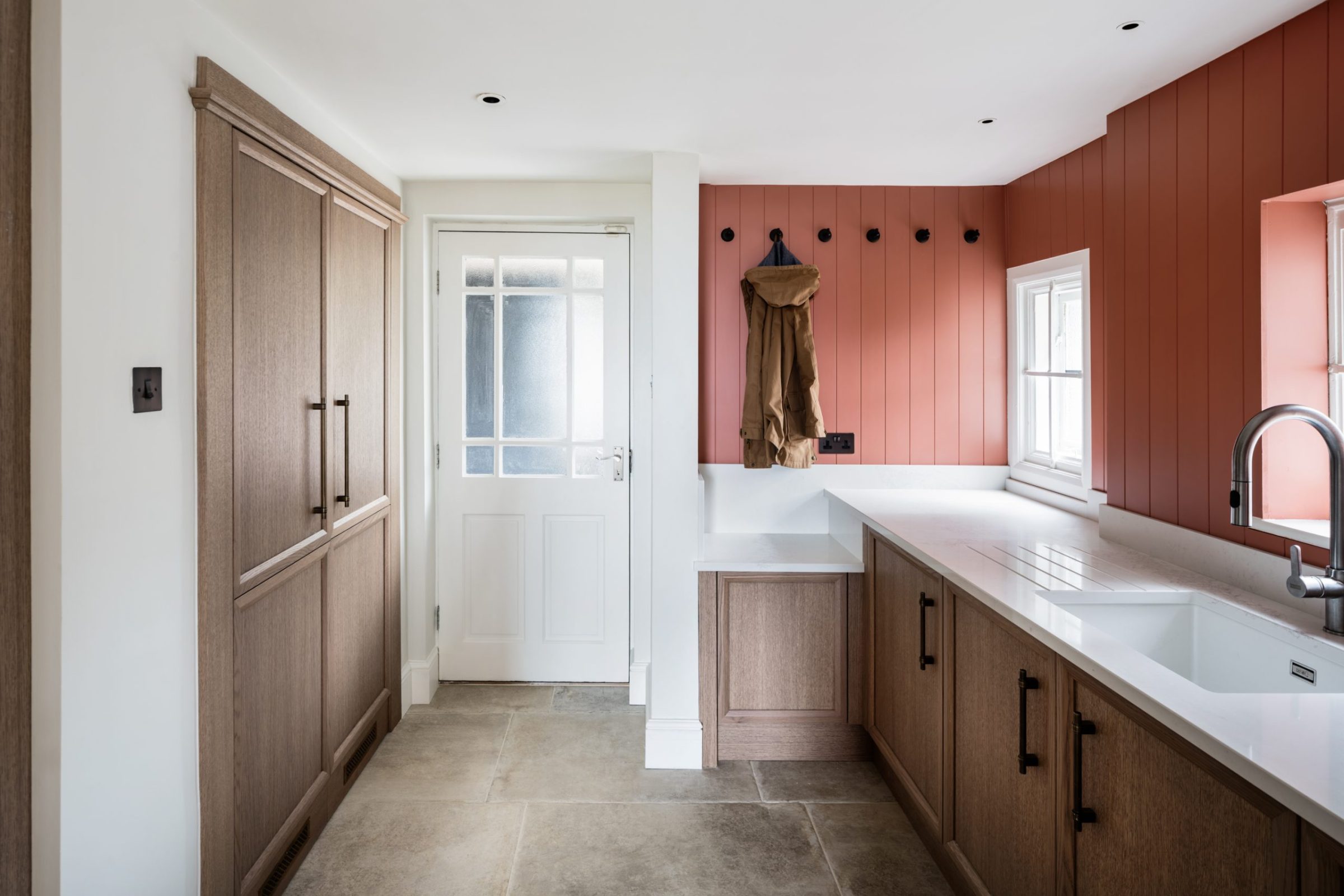
Timber: engineered and solid wood
We would always recommend an engineered timber floor over solid timber. Why? Because an engineered board is more stable as it’s made of layers with the grain running vertically so it won’t swell or shrink. The top of the board will be 2-6mm of solid hardwood – the thicker the top layer of wood the better as it can be sanded and refinished if it shows signs of wear.
From light and contemporary Scandinavian tones to rich and warm heritage oaks, with engineered and solid wood you can achieve a wide range of aesthetics. And even with herringbone, chevron, or more intricate patterns it’s easy to install.
Maintenance is fairly straightforward too, hoovers and mops work well but steam mops should be avoided as you don’t want too much moisture on the board. Depending on the board finish – UV oiled, lacquered or waxed – a weekly mop with the solution is recommended, as is wiping up stains asap. Long-term maintenance depends on floor use but is generally a re-sand and stain, every 5-8 years.
We would always recommend an engineered timber floor over solid timber.
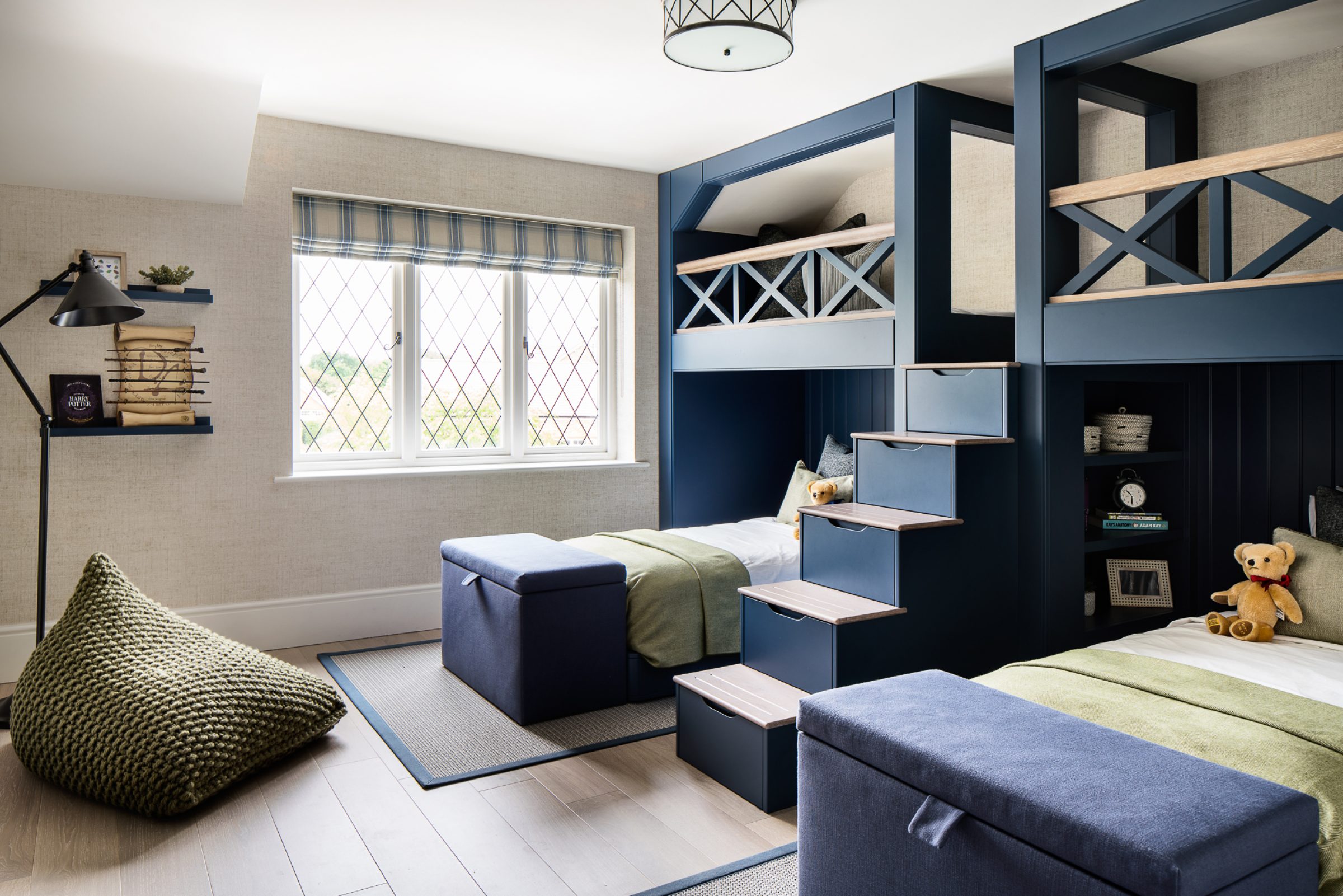
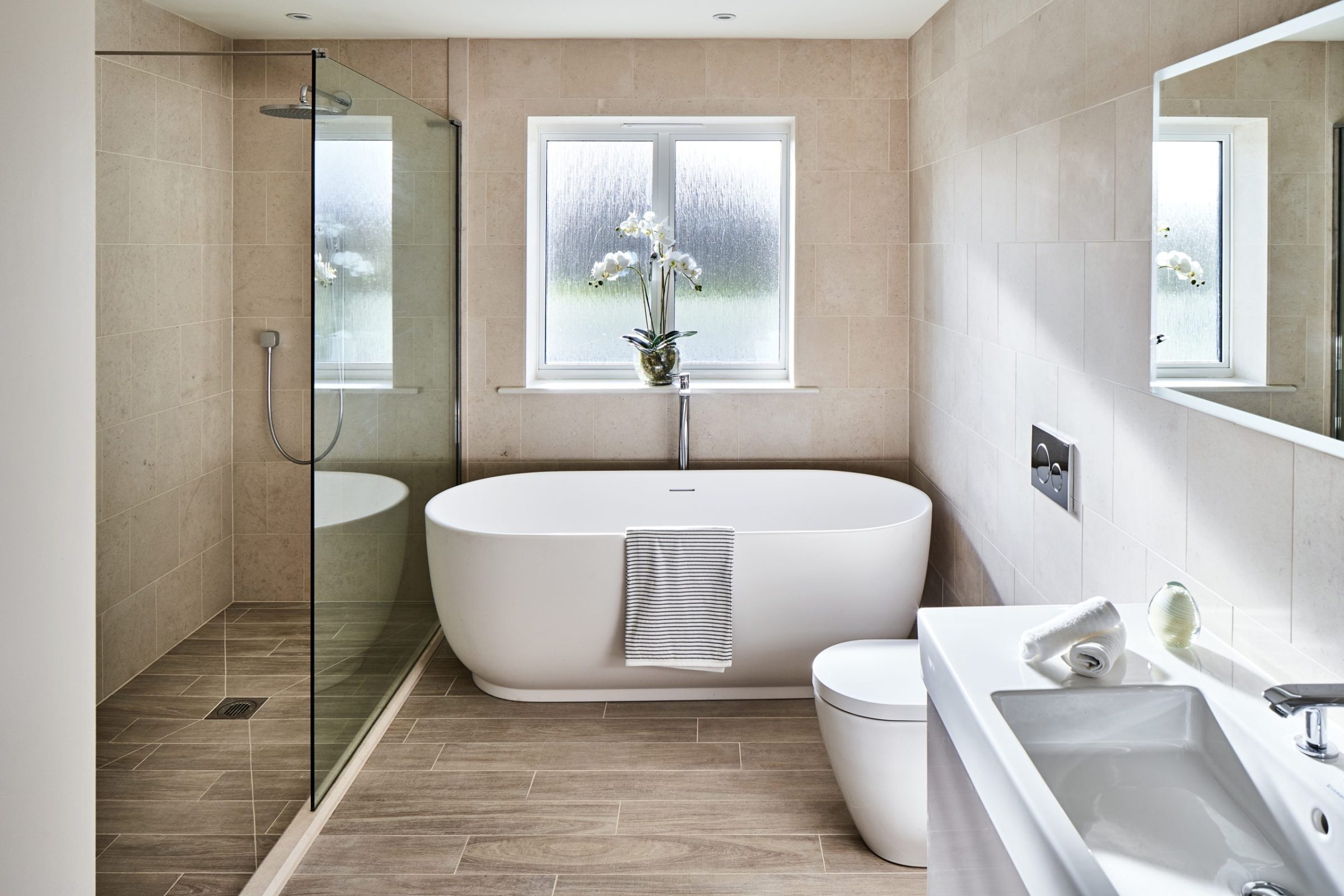
Luxury Vinyl Tiles
Luxury Vinyl Tiles (LVT) are a popular choice as they are incredibly durable and do an increasingly effective job of creating natural looking ‘timber’, ‘stone’, and ‘porcelain’ floors. LVT is formed of thin layers of vinyl that make it straightforward to lay especially on uneven floors and very easy to maintain.
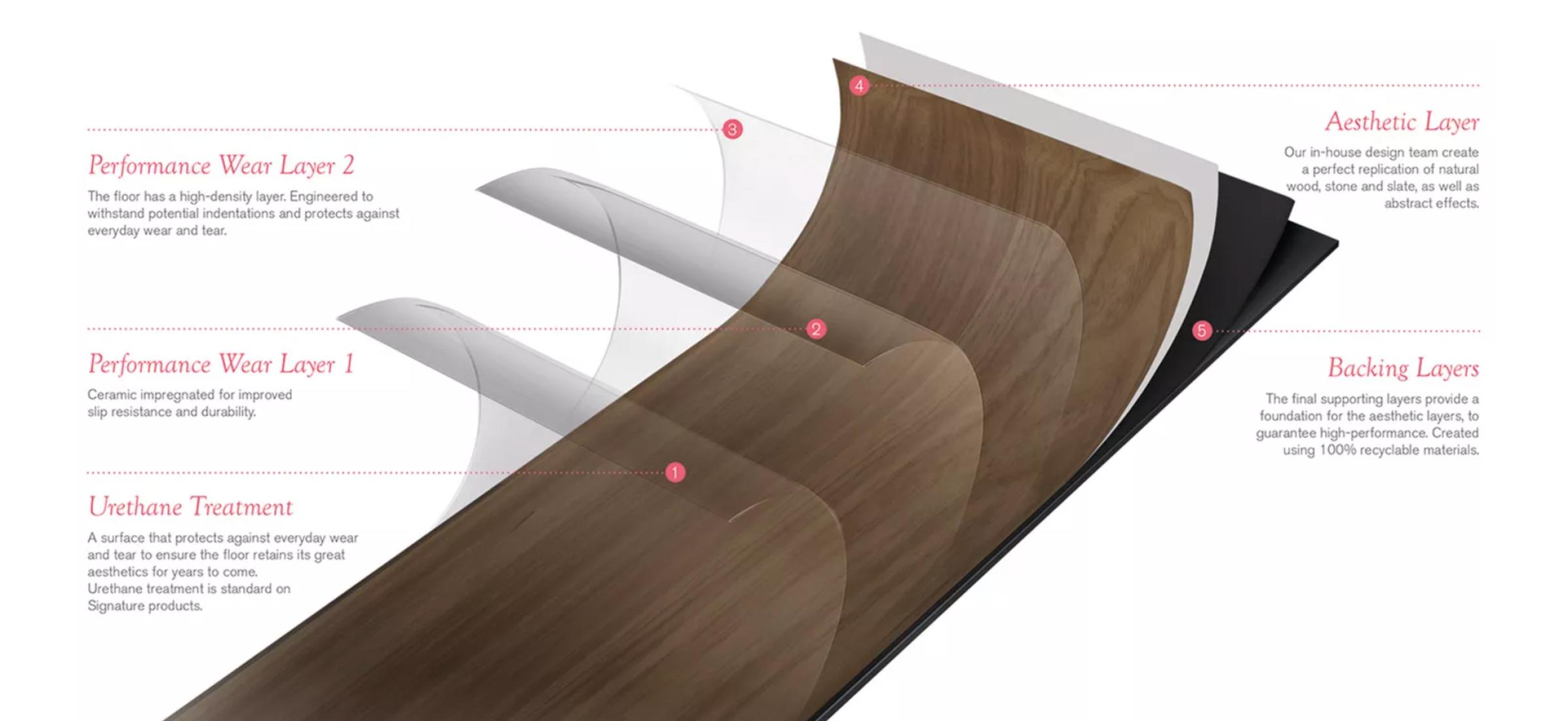
The choice of styles, thickness, and patterns with LVT is enormous and while they wouldn’t always be our first choice, they are well suited to high-traffic areas, remain warm underfoot, are very easy to look after, and can be good value.
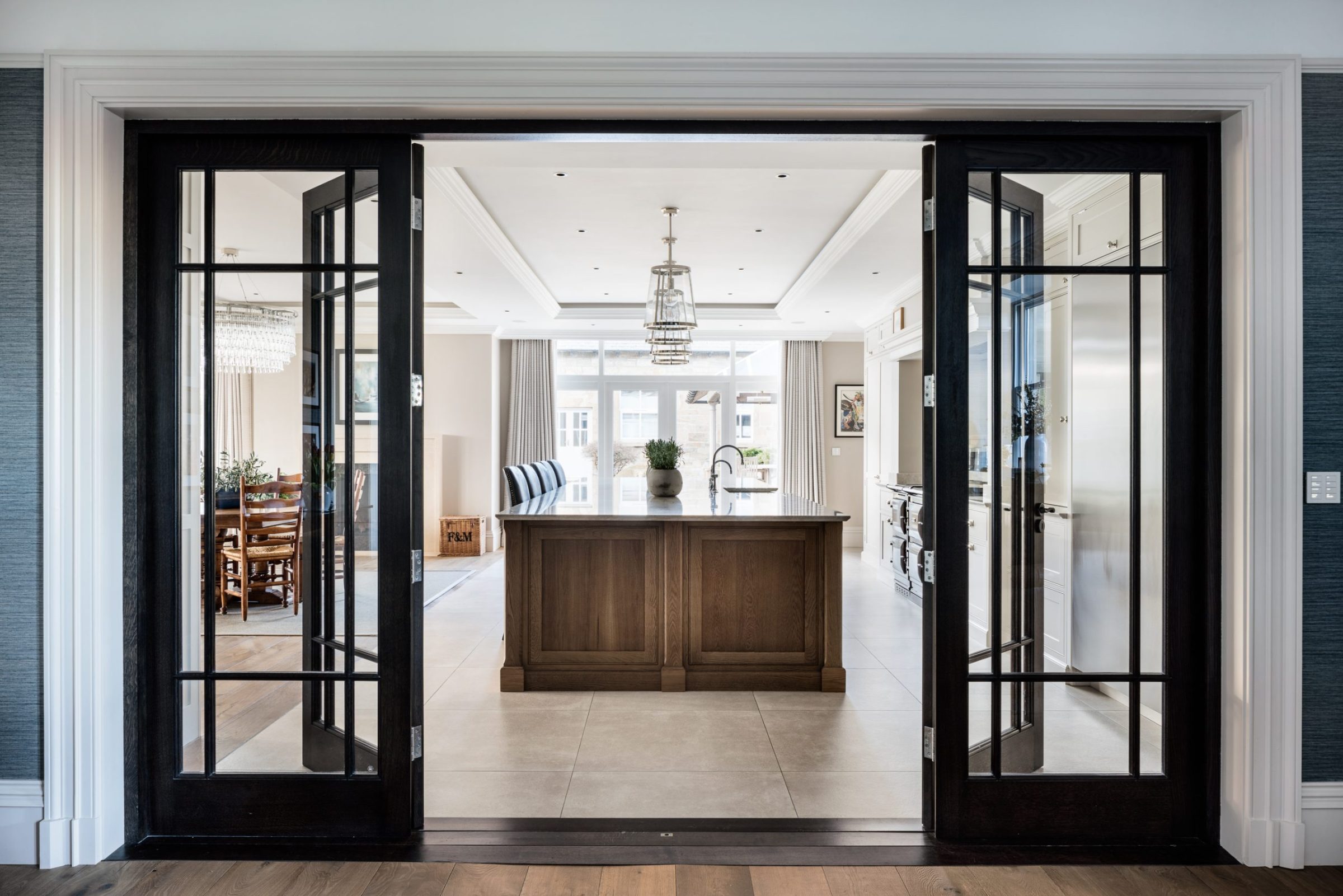
Every project is unique
So real or man-made? There’s no right or wrong choice, just options that may – or may not – be right for your interior redesign.
When we work with clients from start to finish the project is focused on what works for their space and their life. So while as a studio we love and embrace natural materials wherever possible we understand they aren’t always the best choice.
Whatever hard floor we install we give every client a detailed maintenance and care plan so they can enjoy their new floors for years to come.
Got more questions? Want to talk interior design with one of our team? We’d love to hear about your project. Call us at the studio on 01829 271585 or drop us an email: contact@lewisknox.co.uk.

